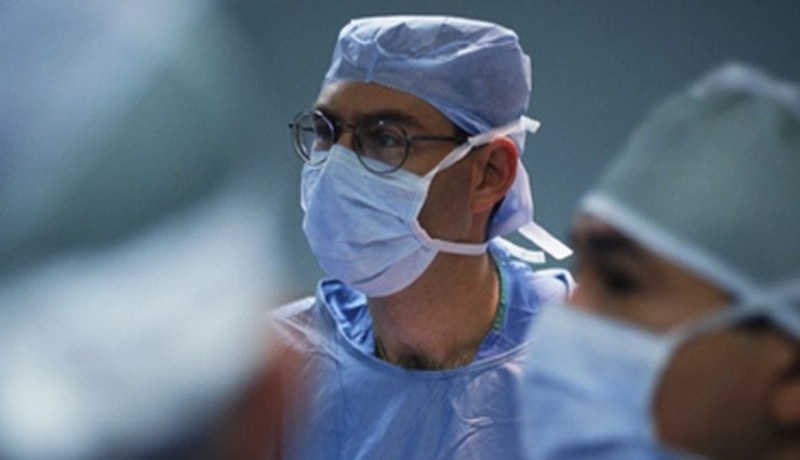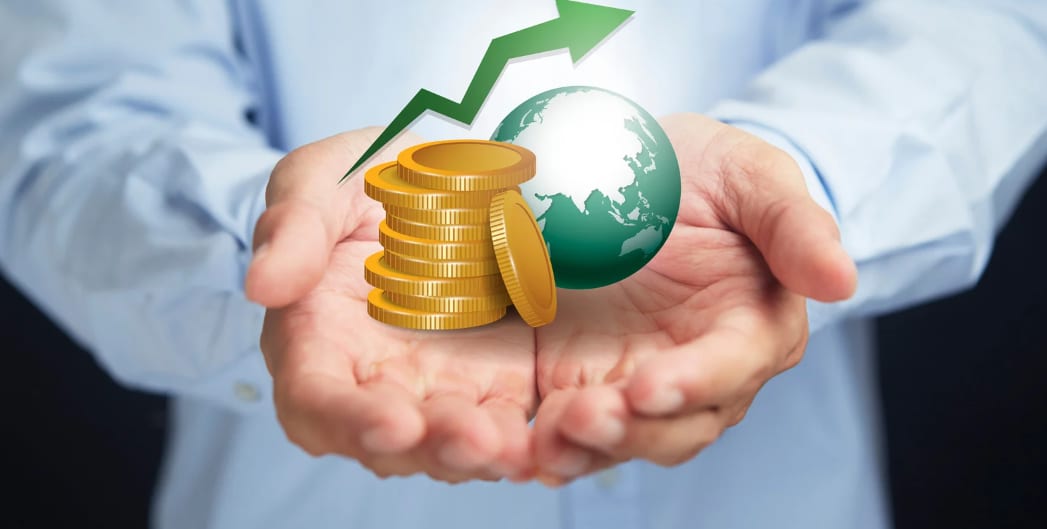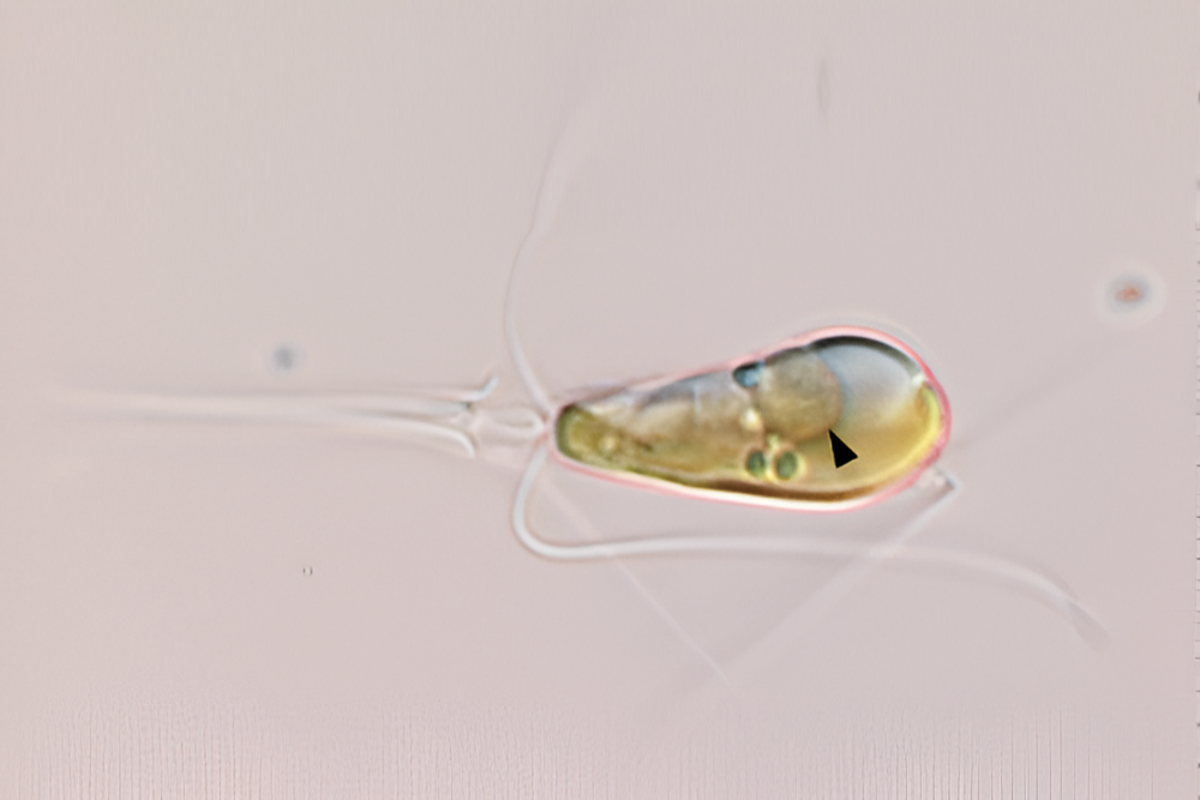Reviving the Trailer Industry: Van Hool and Schmitz Set to Expand with New Hires and Collaborations
The trailer division of Van Hool is set to begin operating in phases on Monday, with the first group of employees returning to work. While there is no specific number…
Revolutionizing Neurosurgery: Wearable Technology Assesses Postural Ergonomics and Provides Biofeedback to Surgeons
A recent study published in the Journal of Neurosurgery: Spine on April 19, 2024, explored the use of wearable technology to assess postural ergonomics and provide biofeedback to neurosurgeons. Conducted…
Global Economic Outlook: Finance Pros See Brighter Future, but Still Face Risks and Challenges
Recent research by ACCA and IMA has shown that finance professionals are feeling more optimistic about the global economy. The Global Economic Conditions Survey (GECS) revealed an increase in confidence,…
Algae and Bacteria Merge in Unprecedented Evolutionary Event with Implications for Agriculture
In an unprecedented evolutionary event, two lifeforms have merged to form a single organism through primary endosymbiosis. This process has only occurred twice in the history of the Earth –…
The Great German Work Debate: Balancing Economic Growth with Work-Life Balance
In recent times, German politicians and business leaders have begun to discuss a topic that was once considered taboo: the notion that their fellow citizens do not work enough. This…
LG Electronics Bounces Back: Profitability Returns to TV Business Thanks to Increased Demand and Streaming Services
LG Electronics’ TV business returned to profitability in the first quarter, thanks to the recovery of demand in Europe and the increasing popularity of streaming services. The South Korean electronic…
Revolutionizing Law Enforcement: How Drones are Transforming Miami Township’s Safety and Search Capabilities
In Miami Township, the use of drones has proven to be a valuable tool in enhancing community safety and aiding law enforcement. With only being utilized for about six months,…
10 High School Students Gain Real-World Experience and Technical Skills through Licking Heights’ High School Tech Internship Program
Licking Heights Local Schools is set to provide real-life experience and on-the-job technology training for 10 high school students through a new program, thanks to an investment from the Governor’s…
Meet Kiah Helget: The Unstoppable Greyhound Softball Phenom and All-Around Interesting Person
Kiah Helget, a senior at New Ulm Cathedral, hit a two-run home run against Nicollet on Monday at Harman Park, leading the Greyhounds to a 16-0 victory in just four…
Kidnapped Journalist: A Heartwrenching Tale of Captivity and Hope
Hirsch Goldberg-Polin, a dual citizen of Israel and the United States, was kidnapped by Hamas militants on October 7. The Kan-11 television channel reported that a video of the hostage…



